- Pancreatic necrosis complicates approximately 20% of cases of acute pancreatitis. Traditional treatment has been surgical débridement or percutaneous drainage. Necrotic tissue can mature to form well-defined, discrete collections of walled-off pancreatic necrosis. Endoscopic ultrasonography (EUS)-guided endoscopic necrosectomy is safe and efficacious and should be considered in symptomatic, infected, or especially large collections. A novel EUS-guided lumen-apposing self-expanding metal stent has been developed to facilitate access and drainage.
Latest Updates
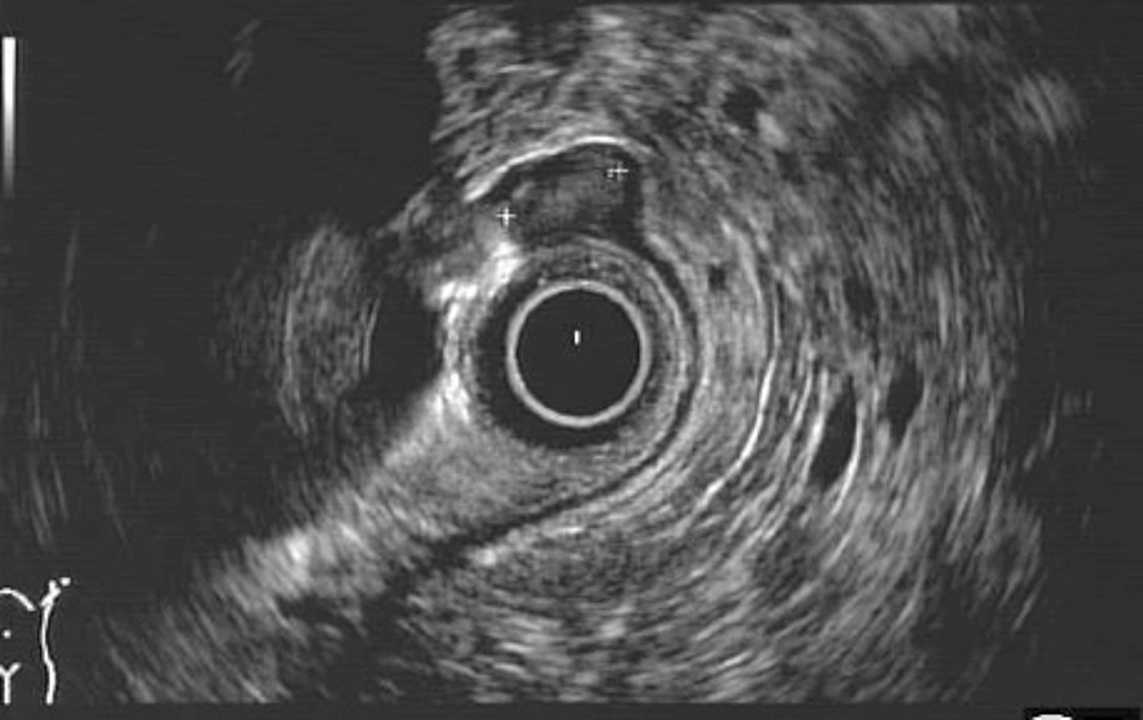
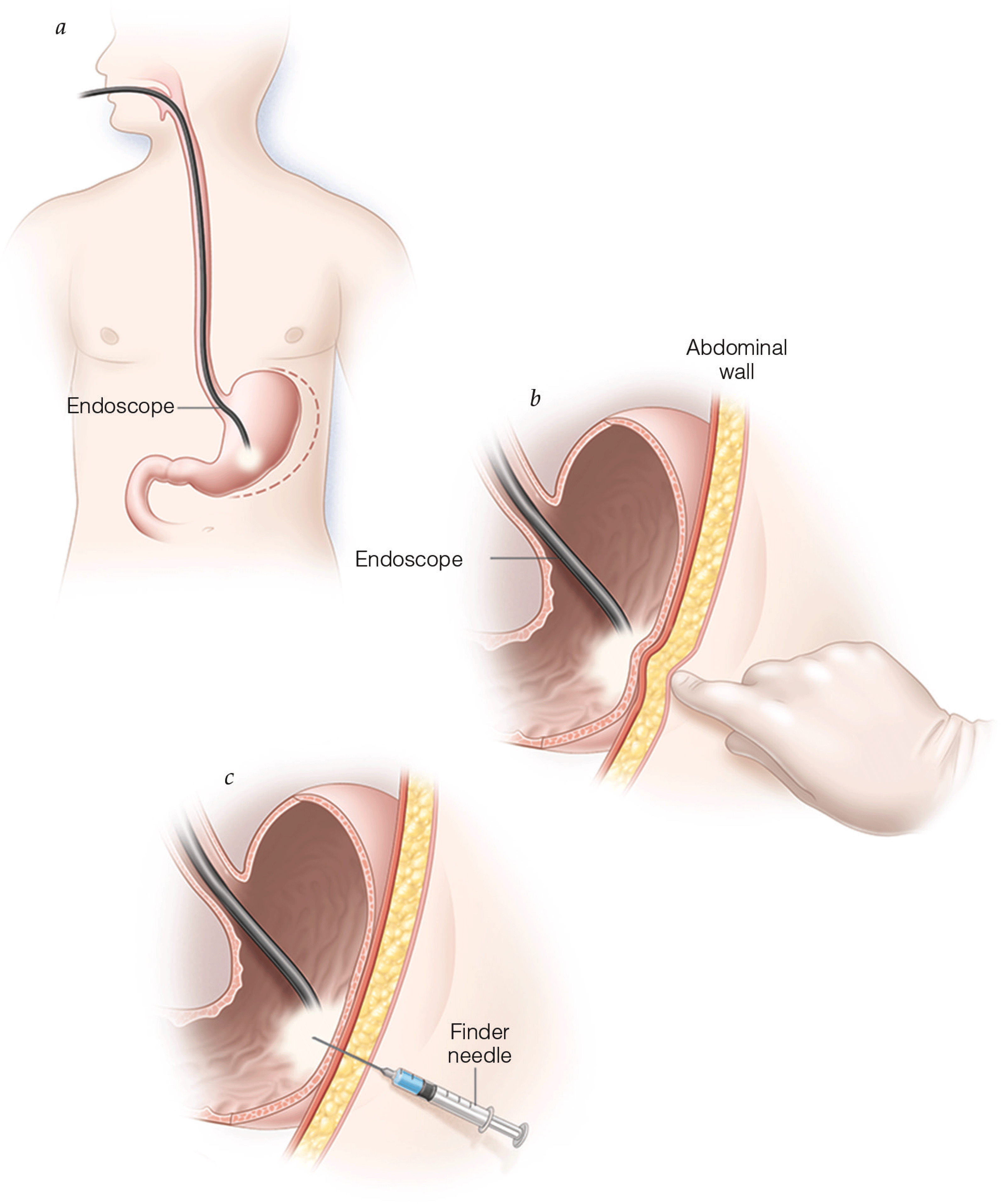
Endoscopic Techniques for Obtaining Enteral Access
- DPEJ tubes should be considered when percutaneous endoscopic gastrostomy (PEG) tubes are not feasible or are contraindicated.
- Postpyloric feeding (percutaneous gastrostomy with a jejunal extension or direct percutaneous jejunostomy should be considered in severely ill patients (especially those with an APACHE II score over 20).
- In patients with dementia, PEG tube placement does not enhance mortality, prevent aspiration pneumonia, improve nutritional status, or improve quality of life.
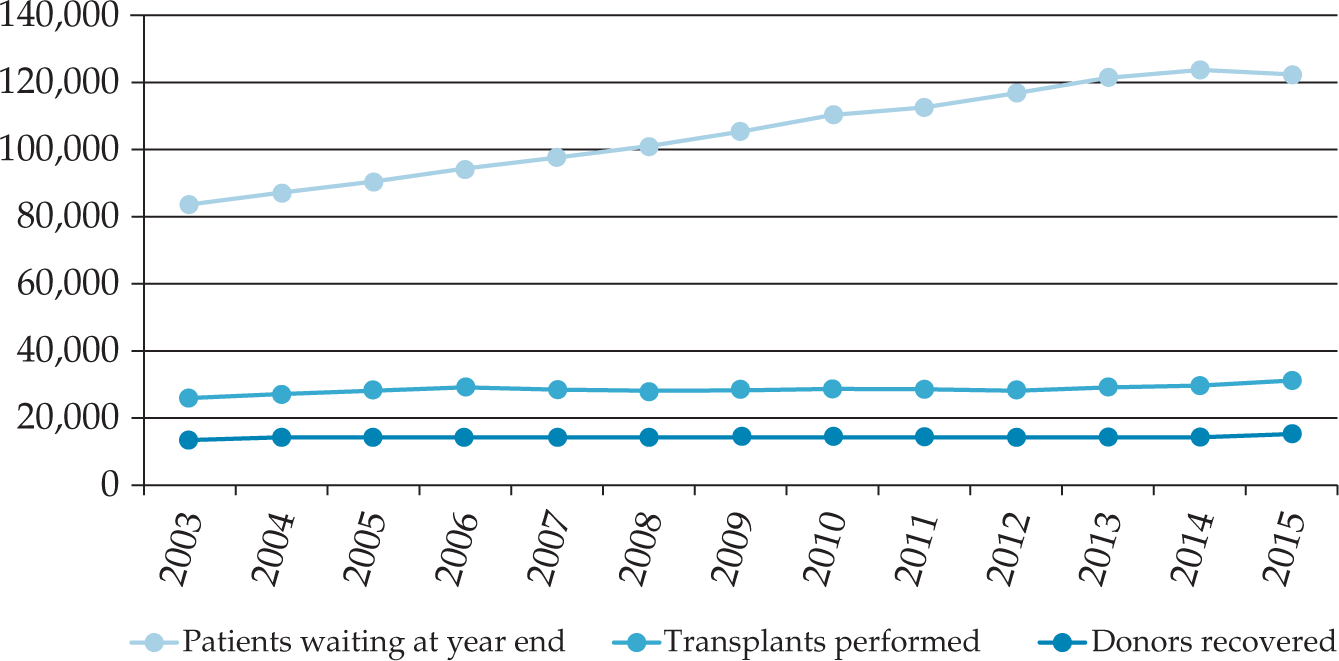
- Immunosuppression: its history, current practice and rationale for alternative therapies, side effects, induction versus maintenance
- Transplantation policy evolution, including history of organ sharing, development of national policies, ongoing refinements in allocation practice, ethical considerations
- Living donation, including ethical considerations, workup and selection of potential living donors, surgical technique, risk to donors
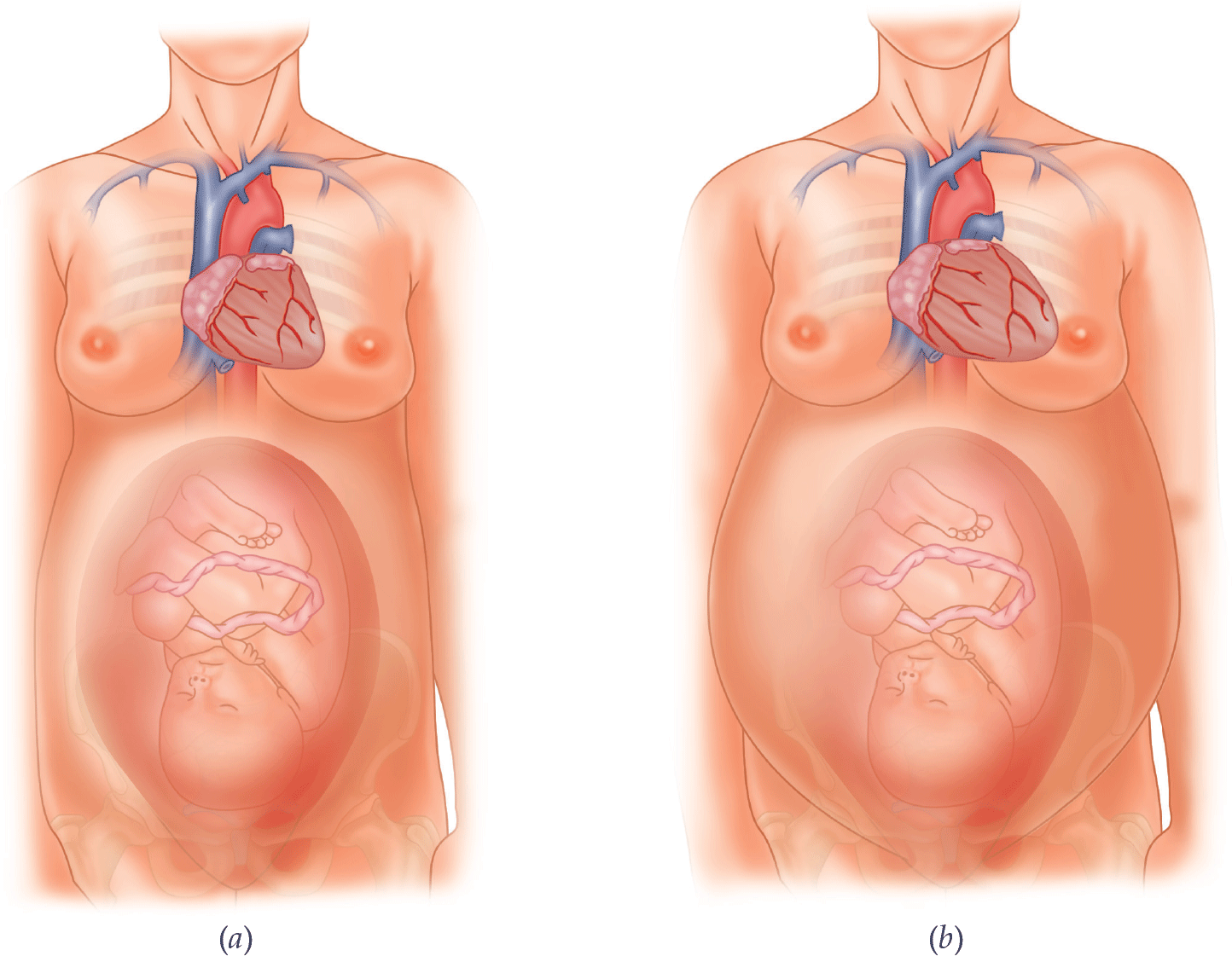
- A multidisciplinary team approach in the treatment of peripartum cardiomyopathy is essential in improving maternal outcomes.
- The epidemiologic profile of patients with peripartum cardiomyopathy is complex and multifactorial.
- Aggressive treatment of heart failure is the mainstay of treatment.
- Stabilization of the mother is the priority in the management of peripartum cardiomyopathy in pregnancy.
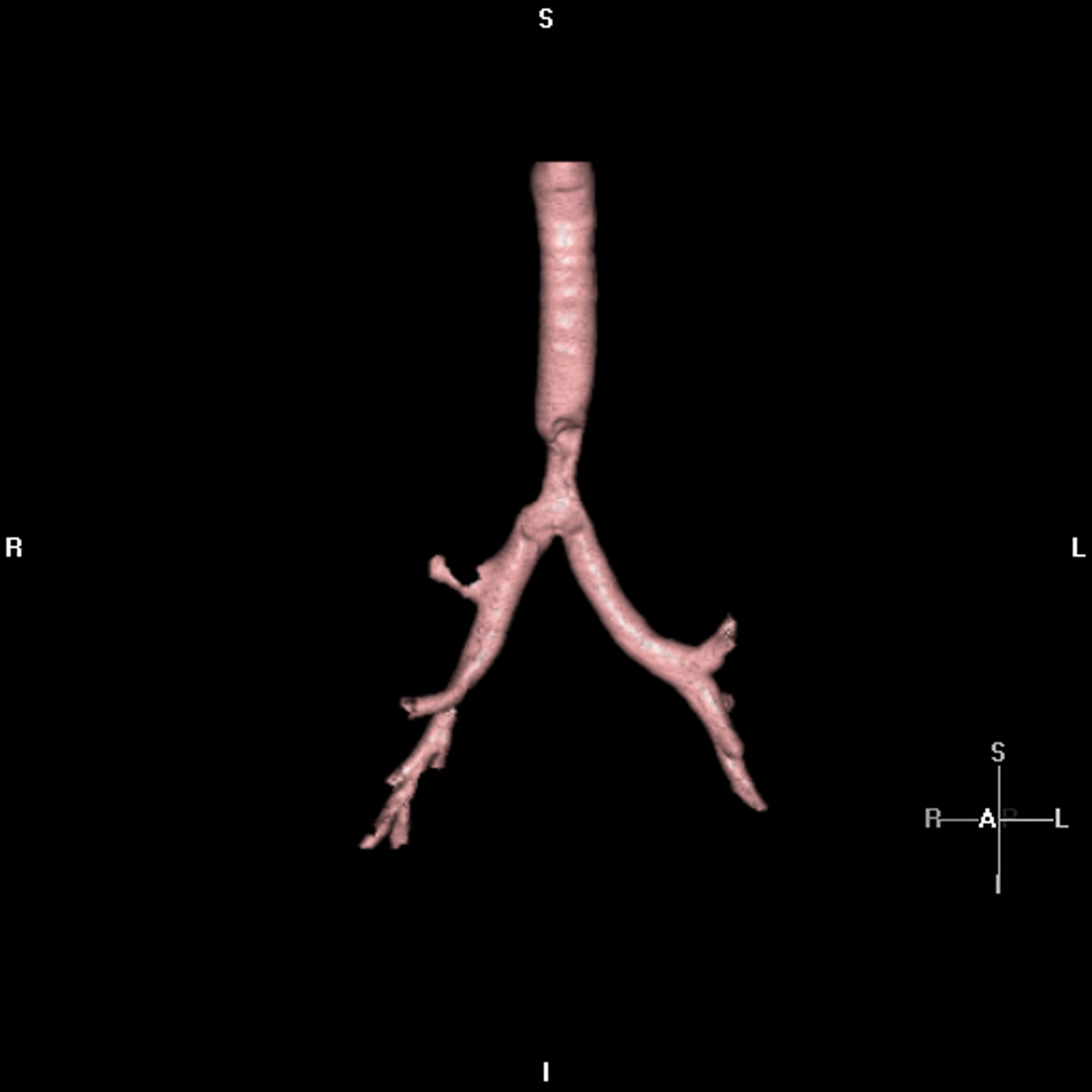
- The anesthesiologist is challenged to keep pace with the evolving field of interventional bronchoscopy with its expanding applications. Bronchial thermoplasty and placement of endobronchial valves or coils are some of the newer therapeutic procedures.
- Drugs like propofol, dexmedetomidine, remifentanil, and sugammadex have changed the practice of sedation and total intravenous anesthesia for these procedures. Phase III trials of remimazolam for bronchoscopy have been completed.
- Familiarity with newer airway and ventilation devices including high-frequency jet ventilator, jet ventilation catheters, and endobronchial tubes are essential for managing obstructed airways.

Evaluation and Treatment of Monogenic Forms of Inflammatory Bowel Diseases
- Advanced genetic platforms have identified more than 50 different monogenic disorders causing inflammatory bowel disease.
- A monogenic cause of inflammatory bowel disease should be suspected in patients with atypical or severe IBD phenotypes.
- The diagnosis of monogenic defects is made through a combination of functional immunologic studies and DNA sequencing (whole exome sequencing).
- Monogenic IBDs usually present in the first years of life, but several diseases manifest adolescence or adulthood.
- Identifying a monogenic form of inflammatory bowel disease can lead to tailored specific therapy (eg, stem cell transplantation) and have major impact on patient’s care.
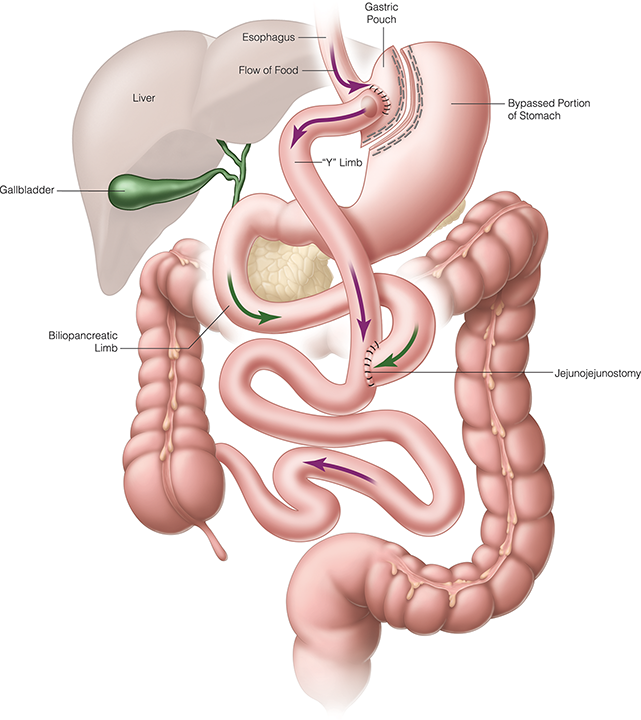
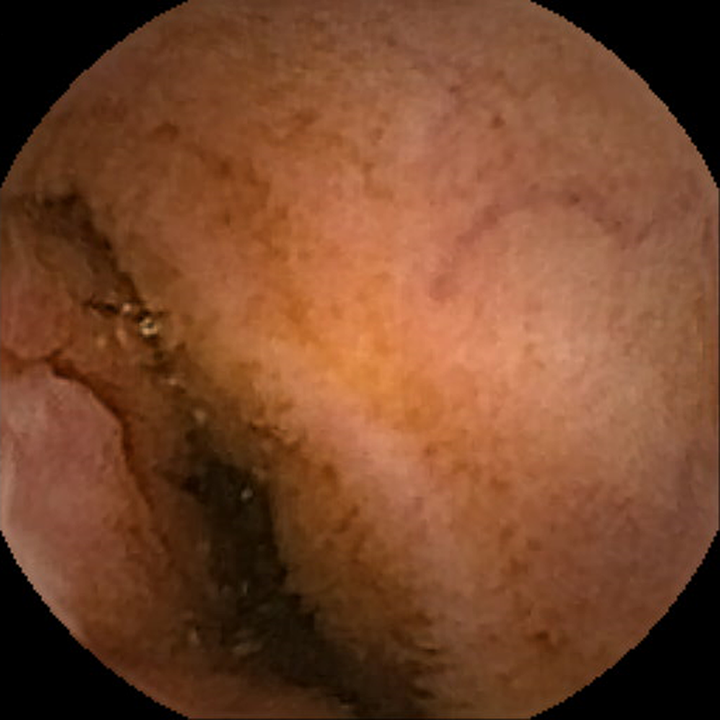


.png)







